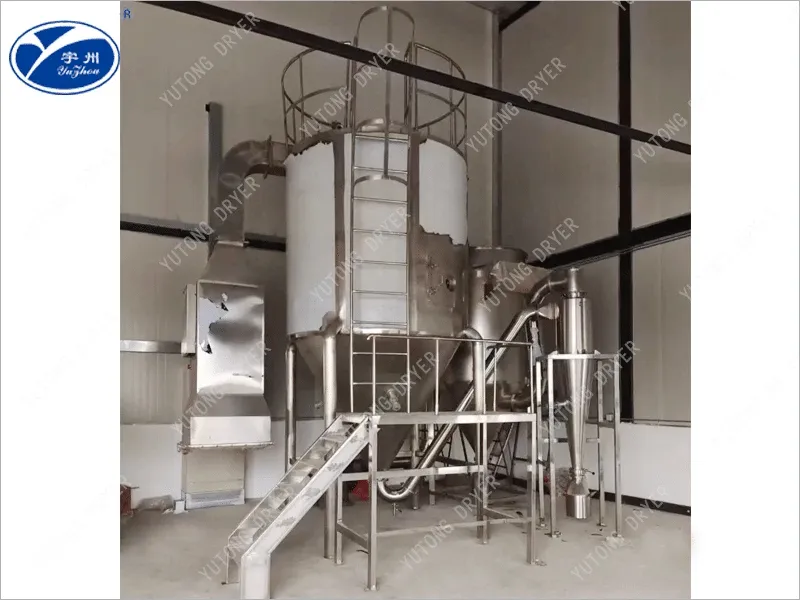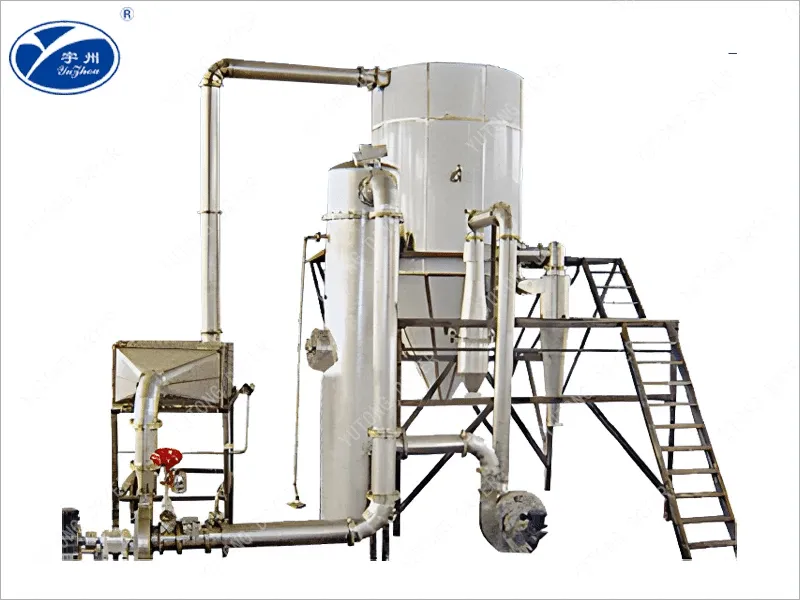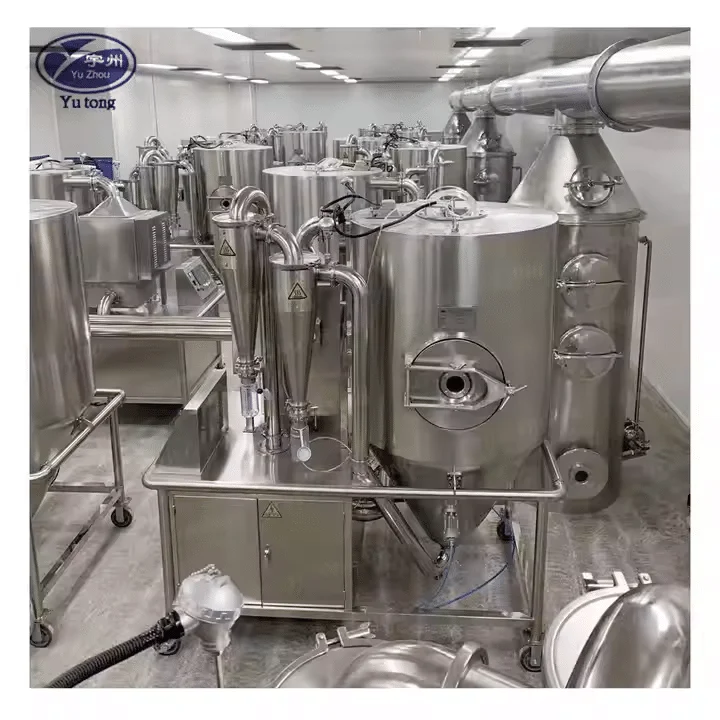Project Overview
Soybean residue—commonly known as okara—is a byproduct generated during the processing of tofu, soy milk, and other soy-based foods. With a typical moisture content of around 80% and trace amounts of oil, fresh okara is highly perishable and prone to microbial spoilage. Timely and efficient drying is critical to preserve its nutritional value and extend shelf life.
Research indicates that 16% to 25% of the raw soybean input becomes okara during processing. Rich in protein, fiber, fat, vitamins, and flavonoids, okara offers proven health benefits such as lowering cholesterol, improving blood sugar regulation, and enhancing gut health. However, due to its high moisture content and fibrous texture, it is not suitable for direct use or long-term storage and is often discarded or used as low-value animal feed—leading to resource waste and environmental concerns.
Existing drying methods—such as rotary drum dryers, paddle dryers, and microwave dryers—tend to be inefficient, energy-intensive, and unable to handle large-scale production needs. Therefore, developing a more efficient, eco-friendly drying solution has become a pressing challenge.
Our newly engineered flash drying system is designed specifically for soybean dietary fiber. It addresses the unique challenges of high moisture, stickiness, and high protein content using proprietary drying technologies. The result is a highly efficient drying process that reduces energy consumption by 15%–25% compared to traditional flash dryers, while delivering stable yield and drying quality.
Product Description
Dietary fiber, a concept that emerged in nutritional science post-1970, refers to plant-derived substances that resist digestion. This includes cellulose, hemicellulose, pectin, lignin, and other complex polysaccharides found in plant cell walls. Fiber plays a vital role in maintaining digestive health and has been linked to the prevention of chronic conditions like cardiovascular disease, diabetes, and certain cancers. It aids in detoxification by binding toxins and carcinogens, slows digestion for improved blood sugar control, and helps lower cholesterol levels.
Drying Process Description
The wet soybean residue is fed into the main drying chamber via a twin-screw feeder. Inside, a high-speed rotating agitator subjects the material to intense impact, friction, and shearing forces. This mechanical action breaks apart the material, allowing it to fully contact the hot air stream for rapid moisture evaporation.
Fine particles are carried upwards with the hot airflow, while larger or semi-dried particles are recirculated for further drying. Cyclone separation is used to collect dry powder, while bulkier residues are returned to the chamber for continued processing. The rotating gas-solid interaction and higher solid-phase inertia create strong turbulence, improving thermal transfer efficiency and accelerating the overall drying process.
Key Advantages
-
Tailored for Soy Fiber Properties: Specifically designed to handle highly hydrophilic materials with over 75% initial moisture.
-
Energy Efficient: Achieves 15%–25% lower energy consumption compared to conventional flash dryers.
-
High Yield & Low Loss: Optimized for continuous, large-scale production with minimal material loss.
-
Enhanced Heat Transfer: Mechanical and thermal designs strengthen gas-solid interaction for faster, more uniform drying.




